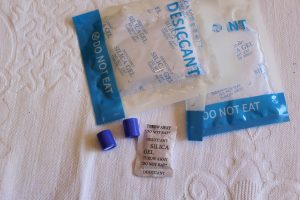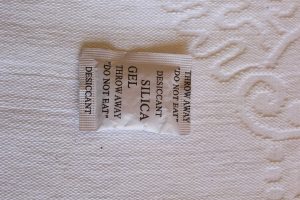a new cookbook
I really like reading about bloggers who use randomly or carefully selected cooking books from their collection to inspire them and then write about the recipe they made. I find myself using online recipes more often than books except for a few favourites I’ve printed off which are tucked into a folder. I usually look online for inspiration and directions. Often I found myself going back to Nagi Maehashi’s site recipetineats.com. ( Just like 335 million other people as it turns out!)

Two of the weekend papers we read now feature her recipes in their magazines. So when I saw a review of her recipe book, RECIPE TIN EATS DINNER I knew I’d use it. She writes the recipes and tests them and takes the photos, ably assisted by Dozer, her golden retriever. He features in some of the photos.

Last night I made ONE POT BAKED GREEK CHICKEN AND LEMON RICE. Like so many of her recipes, all the ingredients were ‘at hand’ either in the fridge or the pantry. And like all her other recipes I’ve made, this one was very, very good. She says it serves five, it actually made enough for six serves for us. It wasn’t a one pot dinner, either, as we added roasted carrots, roasted mushrooms and peas and beans as we’re trying to increase the number and variety of fruit and vegetables we eat each week.

DINNER also has a very useful comprehensive glossary at the back, information about her philanthropic endeavor serving food to vulnerable people in Sydney five days a week and a little bit about how Nagi went from corporate city girl to recipe tin eats. Inspiring.
desiccants and plastic
A desiccant is a substance used to keep or sustain a state of dryness in its vicinity. The most commonly used desiccant is manufactured from sodium silicate and sulfuric acid. This mix has a particular affinity for absorbing water. Desiccants protect the integrity of the product they are stored with, often in a bottle. They should remain with the product until it is finished.


My problem with desiccants is not their effectiveness, but the fact they used to be packed in paper or other cellulose sachets which are compostable and now they come in small plastic pellets. This creates more plastic rubbish.


Recycling is not a satisfactory long term solution for the disposal of soft plastic waste. It simply delays the production and distribution of plastic microparticles into the environment. Whether recycling soft plastic replaces aggregate in concrete or in roads and paths, or steel and wood in posts and furniture, we are just postponing the time when the product inevitably degrades, breaks down and releases extremely dangerous micro particles. These micro particles then enter the environment, the food chain and the bodies of fish, cattle, sheep, pigs, birds and ourselves. Finding alternative uses for plastic waste may make companies which use plastic look good and make us feel virtuous but the only effective solution is to stop using it. Neither is biodegradable plastic a solution. It degrades by breaking down into smaller and smaller pieces until it becomes micro particles too.


Image Pexels
The best way to limit plastic entering the environment is to simply not use it. This would lead to less plastic overall. Recycling plastic is expensive and it degrades each time it is reused. So, brands claiming their clothing are manufactured from recycled plastic bottles create two bigger problems. This process takes the plastic out of the multiple recycling process and apparently most of the clothes end up in landfill within 12 months as discarded clothing. Plus every time an item of clothing made from plastic is washed it releases micro particles of plastic into the water ways. Green washing at its worst.
We must decide if we want to ingest plastic and risk the identified and as yet, unidentified hazards or use other materials where possible.
roses

The garden and the house are full of roses which is just how I like it! For the past two years the roses were decimated by chili thrip. Treating chili thrip involves using the sprays recommended by your local gardening centre. I also read about digging out the first layer of soil if the roses are in pots and replacing it with fresh soil as the thrip lay eggs close to the surface in the soil. I did this in the rose bed, too, but it was a big job. The other issue is that your close neighbours need to treat their roses at the same time.


Treating and eradicating chili thrip takes close observation, regular treatments and cooperative neighbours. Checking every day for signs on rose buds and reacting with the recommended spray is essential. Keeping the bush as healthy as possible helps, too. With regular treatment it seems to eventually move to another area. Unfortunately I know some people in this area who removed their roses after two years of infestation rather than keep using the recommended sprays. I’m glad I persisted.

WORLD REMEMBRANCE FOR TRAFFIC VICTIMS
This Saturday, 29th November, is the day to remember that more than a million people die from traffic accidents every year.More information:
www.worlddayofremembrance.org/

That is so true about plastics, there are many items of food that I will not buy as I cannot or do not want to recycle the packaging they come in.
Your cookbook sounds wonderful, I do love a recipe where I have all the ingredients in the house, always a winner!
Hello!
One of the surprising things about DINNER is each recipe has a Q Code and you can use it to watch Nagi preparing and cooking the recipe. Clever!
My Mother is in hospital at the moment and I cannot believe the single use plastic tsunami that goes into the bin all day. I don’t know what the answer is but the amount used every day is huge. Not good for our health or the Earth.